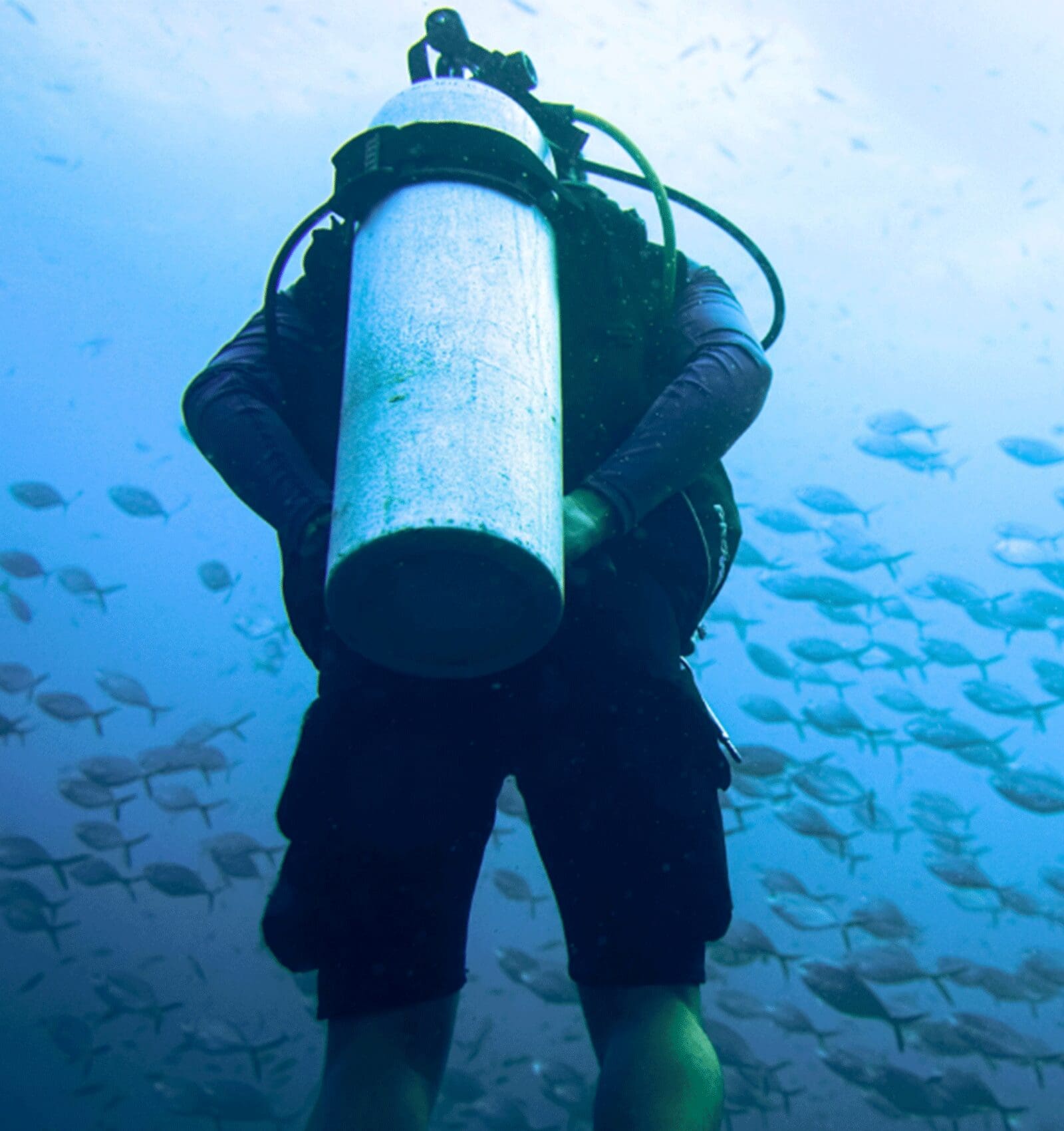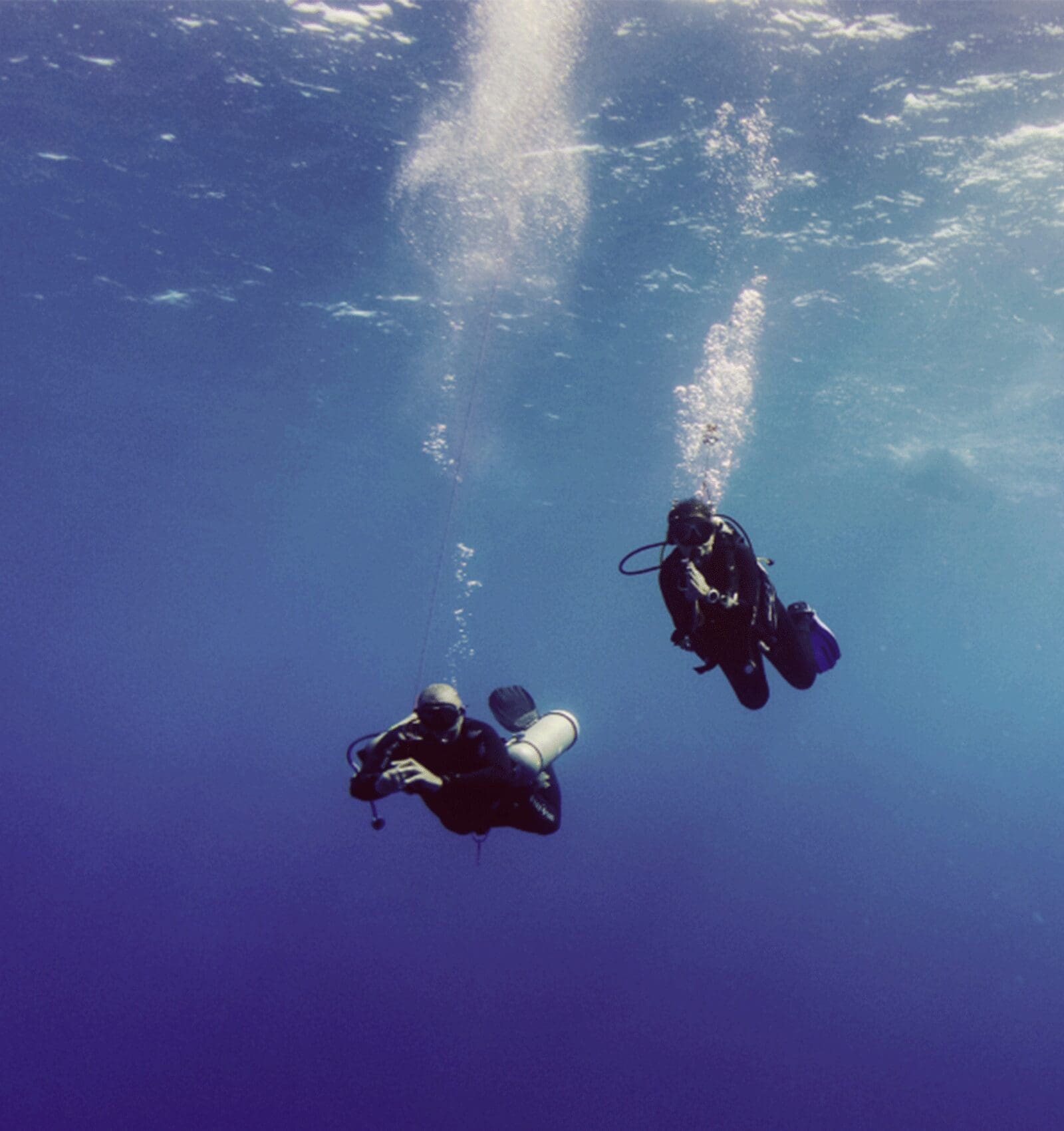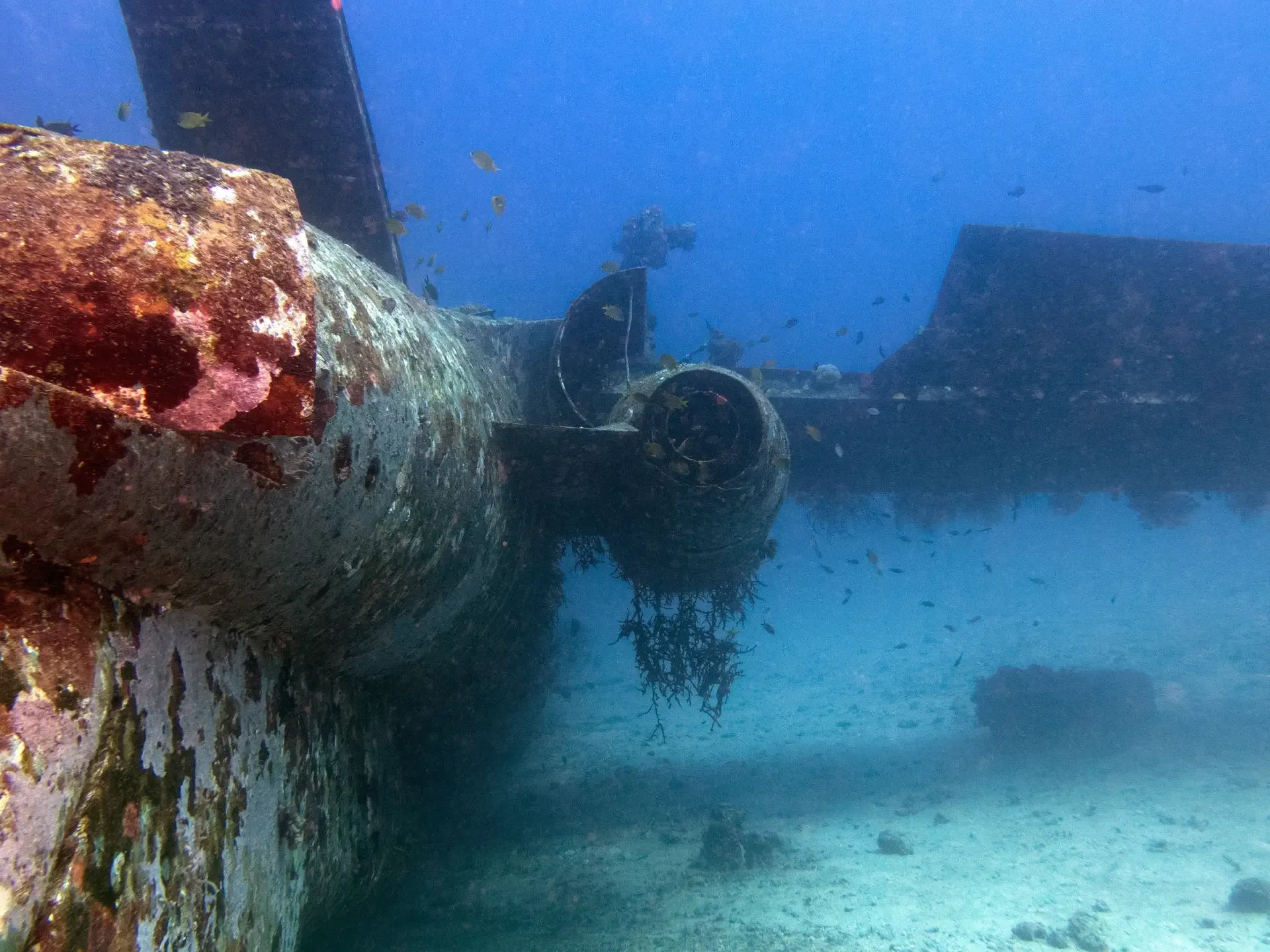The Role of Artificial Reefs in Boracay: How Wrecks and Structures Support Marine Life
How Wrecks and Structures Support Marine Life
The Role of Artificial Reefs in Boracay: How Wrecks and Structures Support Marine Life
Boracay’s natural coral reefs are famous for their beauty and biodiversity, but beneath the surface, artificial reefs are playing an increasingly important role in supporting marine life and enhancing the diving experience. From purposefully sunken wrecks to man-made structures designed to encourage coral growth, artificial reefs are becoming vital ecosystems that attract diverse marine species.
In this article, we’ll explore how artificial reefs in Boracay contribute to marine conservation, provide habitat for marine life, and create new opportunities for divers to explore thriving underwater environments.
What Are Artificial Reefs?
Artificial reefs are human-made underwater structures designed to promote marine life by providing surfaces for corals to attach and shelter for fish and invertebrates. These reefs can be created using a variety of materials, including:
- Sunken ships or wrecks
- Concrete blocks and reef balls
- Metal structures designed to encourage coral growth
- Old tires, stone piles, and other stable materials
Over time, these structures become encrusted with corals, sponges, and algae, transforming into thriving ecosystems that attract a wide range of marine species.
Why Artificial Reefs Matter in Boracay
Boracay’s natural reefs are under pressure due to environmental changes, human activities, and natural wear and tear. Artificial reefs help alleviate some of this pressure by:
- Providing New Habitats – Artificial structures create shelter and breeding grounds for marine life, from small reef fish to large predators.
- Supporting Coral Growth – Hard surfaces encourage coral polyps to settle and grow, expanding reef ecosystems.
- Restoring Marine Biodiversity – Artificial reefs attract a variety of marine species, helping restore balance to the ecosystem.
- Reducing Pressure on Natural Reefs – By offering alternative dive sites, artificial reefs help protect heavily visited natural reefs from excessive diver impact.
Boracay has several successful artificial reefs that have transformed into vibrant marine environments over the years.
Key Artificial Reef Dive Sites in Boracay
Camia II Wreck: Boracay’s Most Famous Artificial Reef
The Camia II Wreck is one of the most well-known artificial reefs in Boracay. This former fishing vessel was intentionally sunk in 2001 to create a new dive site and marine habitat. Over the past two decades, it has become home to a wide range of marine species.
Marine Life Highlights:
- Schools of batfish and trevallies circling the wreck
- Scorpionfish and lionfish hiding among the encrusted metal surfaces
- Ghost pipefish and nudibranchs found in the crevices
- Occasional visits from barracudas and reef sharks
The wreck sits at around 30 meters (98 feet), making it ideal for Advanced Open Water divers and those taking wreck diving specialty courses.
Tribird Wreck: An Aircraft-Turned-Reef
One of Boracay’s more unique artificial reef projects, the Tribird Wreck, is a sunken airplane that has become a haven for marine life. Although smaller than the Camia II Wreck, it attracts diverse fish populations and macro life.
Marine Life Highlights:
- Glassfish and anthias swarming around the structure
- Flatworms and nudibranchs adding color to the wreck
- Yellowtail damsels and orangeband surgeonfish hiding in the wreckage
This dive site is a favorite among underwater photographers due to its unique shape and growing coral formations.
Balinghai Reef: An Artificial Reef Success Story
Balinghai is a prime example of an artificial reef that has successfully integrated with its natural surroundings. Over time, concrete and stone structures placed in the area have attracted a variety of marine life, making it a great dive site for beginners and macro enthusiasts.
Marine Life Highlights:
- Frogfish and trumpetfish camouflaged among the artificial structures
- Map puffers and scrawled filefish patrolling the reef
- Banggai cardinalfish sheltering in the coral growths
Balinghai is an excellent site for divers who want to witness how artificial reefs support marine biodiversity at shallow depths.
Coral Nursery Projects in Boracay
Several reef restoration projects in Boracay focus on coral propagation and artificial reef creation. These initiatives involve planting coral fragments onto artificial structures to promote reef regrowth.
How Coral Nurseries Work:
- Coral fragments are collected from healthy donor reefs.
- They are attached to specially designed structures, such as concrete domes or metal frames.
- Over time, the corals grow and establish themselves, forming a new reef ecosystem.
- Fish and other marine organisms colonize the new reef, creating a thriving habitat.
These projects help improve reef resilience and provide excellent educational opportunities for divers interested in marine conservation.
The Benefits of Artificial Reefs for Divers
For divers, artificial reefs offer unique opportunities to explore and interact with marine life in ways that natural reefs sometimes cannot.
-
Exciting Wreck and Structure Exploration
- Wreck diving provides a different challenge, requiring divers to navigate through man-made structures while observing marine life.
- Sites like Camia II Wreck allow divers to experience a thriving artificial ecosystem.
-
Great for Underwater Photography
- Artificial reefs attract diverse marine species, creating excellent opportunities for both macro and wide-angle photography.
- Sites like Tribird Wreck provide stunning visuals with fish schools and corals growing over the structures.
-
Ideal for Advanced and Specialty Training
- Wreck diving, deep diving, and buoyancy control specialties can be practiced effectively in artificial reef environments.
- New Wave Divers Boracay offers specialty courses that incorporate these unique sites into training.
-
Opportunities to Support Conservation
- Divers can participate in coral restoration projects and clean-up dives at artificial reef sites.
- By diving responsibly and spreading awareness, divers contribute to the long-term health of Boracay’s marine environment.
How Divers Can Help Protect Artificial Reefs
While artificial reefs provide benefits to marine life, they also require protection from human impact. Divers can contribute by:
- Practicing Good Buoyancy – Avoid touching or kicking up sediment that can harm growing corals.
- Not Removing or Disturbing Marine Life – Many artificial reefs host fragile species that rely on their new habitat.
- Supporting Conservation Efforts – Joining reef restoration projects or donating to marine conservation organizations.
- Choosing Responsible Dive Operators – Diving with environmentally conscious dive shops that prioritize reef protection.
At New Wave Divers Boracay, we are committed to sustainable diving practices and supporting artificial reef projects that enhance marine biodiversity.
Final Thoughts: The Future of Artificial Reefs in Boracay
Artificial reefs in Boracay are proving to be an invaluable resource for marine conservation, tourism, and diver education. From shipwrecks that have transformed into thriving ecosystems to coral nurseries that help rebuild damaged reefs, these structures play a crucial role in maintaining Boracay’s rich underwater world.
For divers, artificial reefs offer exciting and rewarding experiences, providing opportunities to witness marine life in unique environments while contributing to reef conservation efforts. Whether you are exploring the Camia II Wreck, photographing marine life at Tribird Wreck, or participating in coral restoration at Balinghai Reef, you are part of a movement that helps preserve Boracay’s underwater beauty for future generations.
If you’re eager to experience these incredible dive sites, contact New Wave Divers Boracay today to book your next dive and explore the thriving world of artificial reefs.

Wish to know more about the diving in Boracay? Our team will be delighted to answer your questions and let us know why we should be your first choice when planning your dive vacation to the Philippines. We hope to hear from you soon!


